How we built the Photovoltaic portal for apartment buildings in cooperation with Losky
Already during our analysis of the photovoltaics market for Losky in 2022, we came across an interesting trend in the analytical tool WebMedea - the growing interest in photovoltaics for residential buildings. However, information on this part of the PV market was minimal. While the PV market for single-family homes had long been saturated and faced intense competition, including huge bubbles with scammers, residential homes appeared to be a pristine area with minimal information available. With the exception of the austere impact pages of competing companies, there was virtually no content focused on the aforementioned growing interest in residential PV.
Losky decided to take advantage of this situation and support the building of an information portal on the topic. An expert team with deep knowledge and experience in the implementation of photovoltaic projects for residential buildings was assembled. This team established cooperation with housing associations with which they had already successfully cooperated through the construction of telecommunication networks and internet connections. In the meantime, TRITON IT developed the concept of the impact page and introduced the Elks educational portal "Photovoltaics for apartment buildings", which would cover all stages of the implementation of a photovoltaic power plant, from planning at the meetings of the HOA, the tender procedure, the execution of the subsidy, the actual implementation on the roof of the apartment building, to the monitoring and servicing of the PV plant.
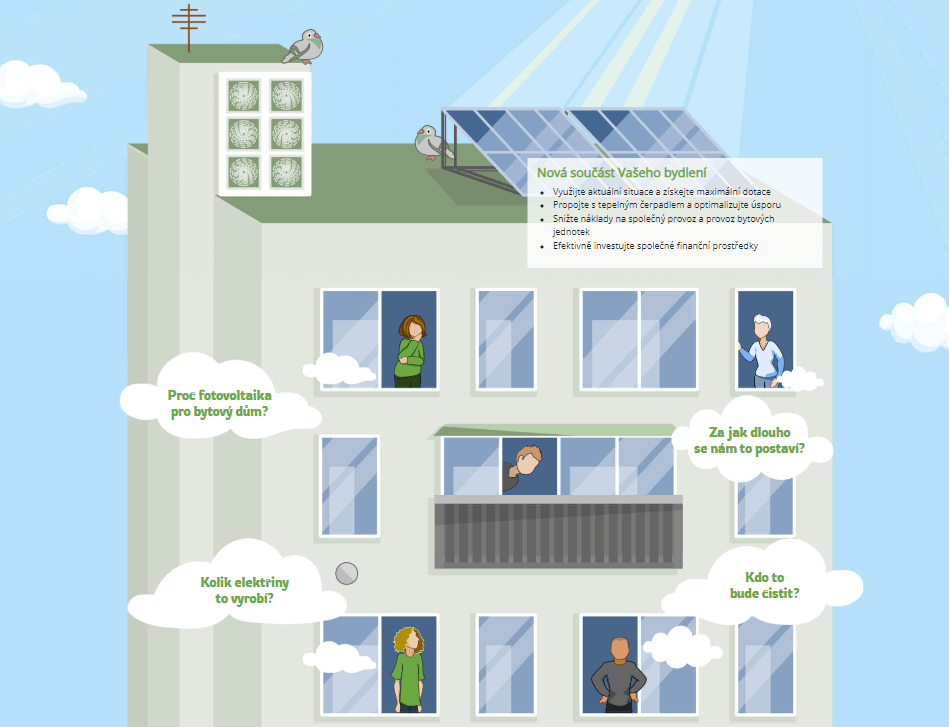
The idea was enthusiastically received by the housing association for several reasons. Housing associations and unit owners' associations (HOAs) found the portal not only a source of important information for their members, but also a means of sharing experiences and information among themselves.
The portal's functions
The portal offers many functions that are useful not only for condominium managers and condominium association presidents, but also for individual condominium association members and tenants.
A) Support for housing associations and HOAs:
Through the portal, members of housing associations and HOAs can request the presence of a PV expert at their membership meeting. This free, no-obligation service includes answering questions on the spot and making a tailor-made offer. If users do not want to wait for a membership meeting, they can request a no-obligation meeting directly at the apartment building. An on-site PV expert will carry out an expert assessment of the condition of the apartment building, propose an ideal solution and prepare a no-obligation quotation. In addition, the portal offers its readers a subsidy calculator, in which the user fills in the necessary data and is immediately contacted with the amount of subsidy due from the New Green Savings subsidy programme.
B) Guide for members of cooperatives and JVUs:
The portal provides a rich source of information in the form of articles and discussions focused on photovoltaics for apartment buildings. The reader is guided through the entire implementation process and has the opportunity to ask additional questions under each article, which are then answered by Losky's PV experts.
C) Partner cooperation
The portal prides itself on relevant information for its readers and has therefore already established dozens of partnerships with leading companies for electromobility, subsidy processing, fire safety, PV monitoring or insurance brokerage, for example. As a result, we are also able to supply verified information on topics related to photovoltaics and digitalisation in our articles. In return, we gain valuable leads for our partners for their services.
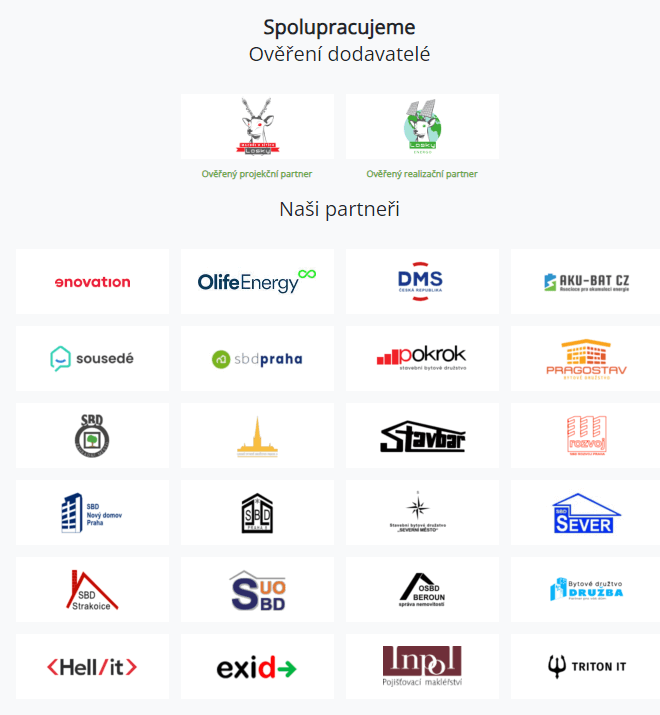
How content is created
At TRITON IT, we always create content based on data. And not just the online ones, which we monitor through our analytics tool WebMedea, but also based on the real-life experiences of our clients and their customers and partners. In the case of the Photovoltaics for Apartment Buildings portal, this meant involving five main sources of information in the creation of content:
- Experiences of housing associations and HOAs from already implemented PV plants
- The experience of the Losky implementation team
- Questions and suggestions from visitors to the portal
- Experience and advice from the partners involved
- Regular analysis of interest trends in WebMedea
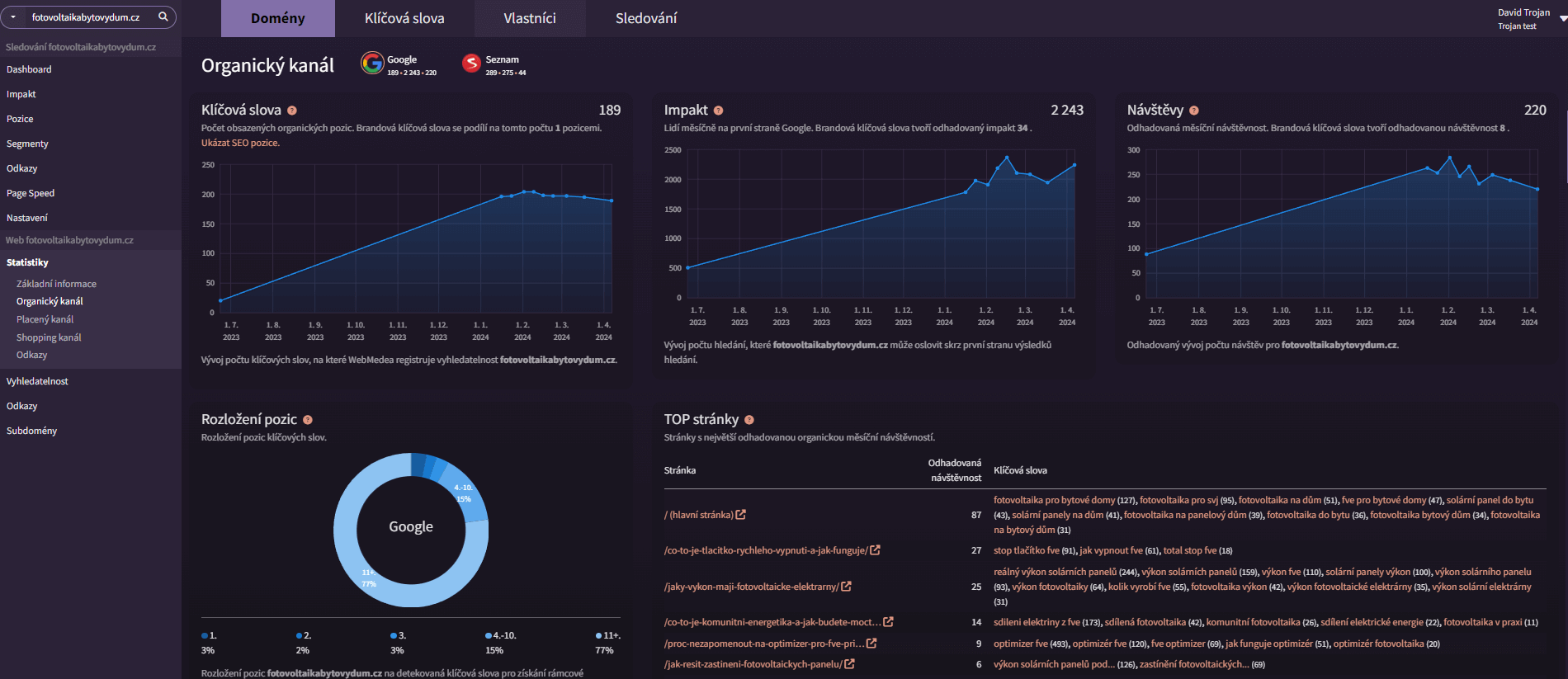
How portal measurement is handled
We evaluate performance data on conversions, traffic, bounce rate or time spent on the site in regular weekly meetings. An up-to-date view of all relevant data is provided by Google Analytics 4 and Google Looker studio, where we send the information in real time thanks to properly set up measurement in Google Tag Manager.
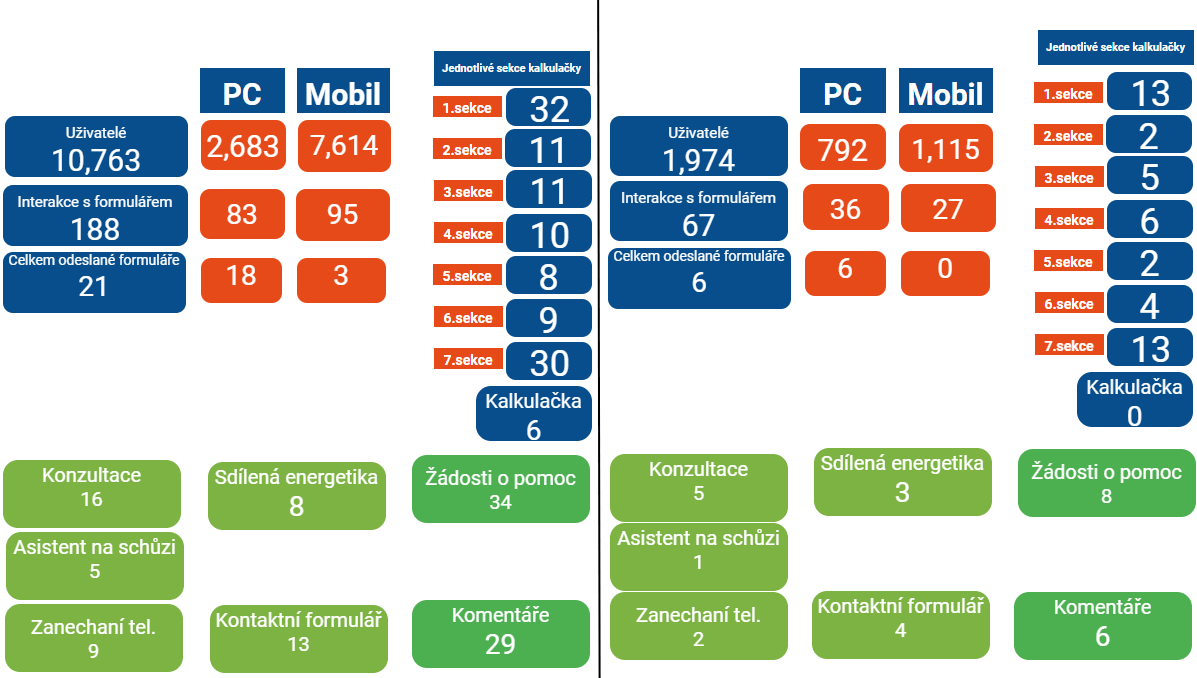
In the case of lead collection forms, we don't just measure the number of contacts sent. We also look at what page the visitor came to the form from and if they started filling out the form but didn't submit it, we can identify the part of the form where the visitor got stuck. This allows us to optimize the forms to increase the leads submitted.
Marketing channels involved
Content creation for the portal
Based on trends from WebMedium and suggestions (questions) from visitors, we regularly publish thematic articles, but also compile topic headings or questions for videos. In this way, we have managed to gain a high relevance both within the internet search engines and especially with people who are in need of information about photovoltaic solutions for residential buildings.
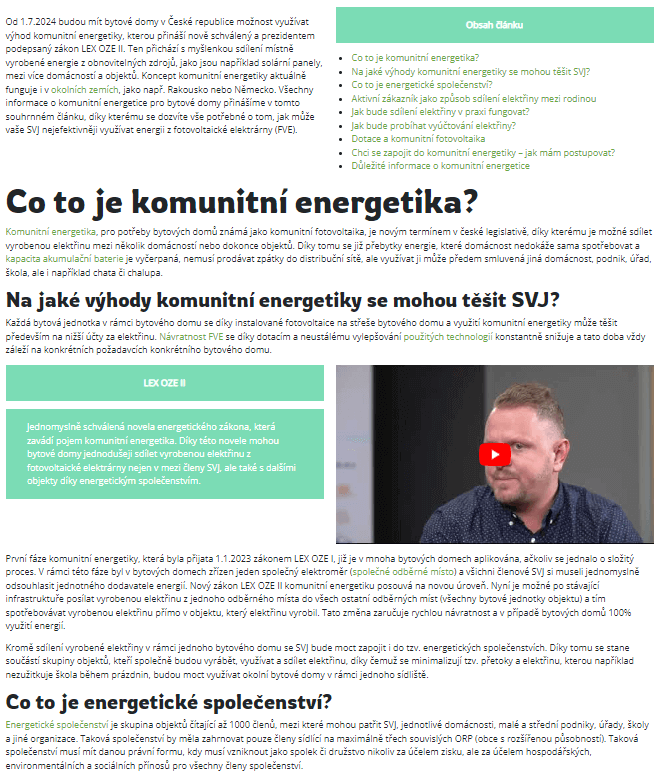
Publications in external magazines
In addition to guestblogging with partners, we also use the PlaCla tool and cooperation with CTK to regularly submit publications to external industry magazines.
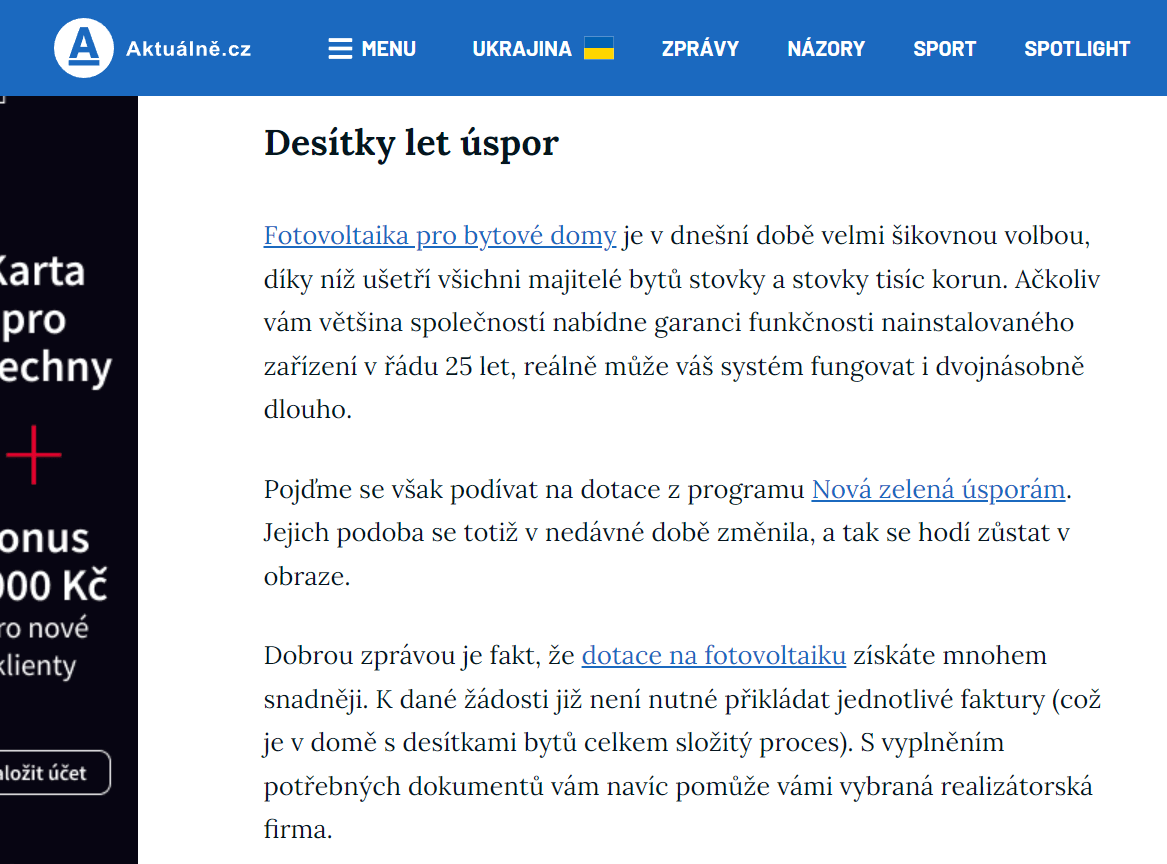
Social networks
To increase the reach of the portal and collect additional leads, we use the social networks Facebook and Instagram. Here we inform about new articles and features of the portal and also use promoted posts that lead to impact pages created for this purpose.
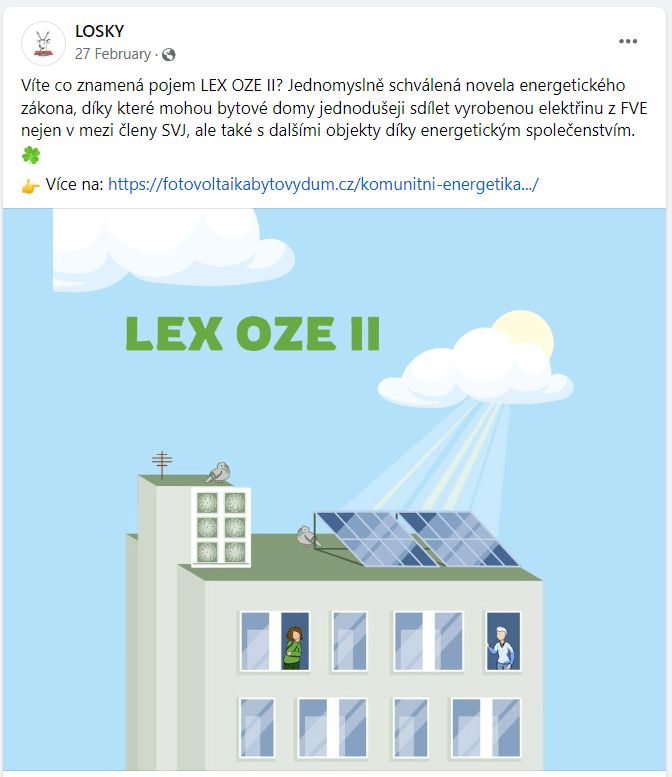
Search PPC advertising
Through keyword analysis, we have defined a set of keywords that people most often search for in connection with photovoltaics for residential buildings, obtaining a subsidy or preparing for a tender. We then target these words in PPC searches.

Performance Max campaigns
We are also able to reach potential customers at different stages of their decision-making process with Performance Max campaigns. This ad format works on the principle of machine learning, so it can optimize the groups of users it targets with ads over time. This leads to increased conversion rates while reducing costs.
Remarketing
We regularly target those visitors who have already visited our portal but have not converted.
Results and conclusion
Organic search has become the most powerful channel for recruiting new users - those looking for information on residential photovoltaics - thanks to properly built content based on WebMedeo data. We managed to cover the most important industry keywords in the top positions. We gradually supplemented Organik with paid PPC advertising. Thanks to our strategy, the portal achieved tens of thousands of visits per month, even with regard to specific topics.
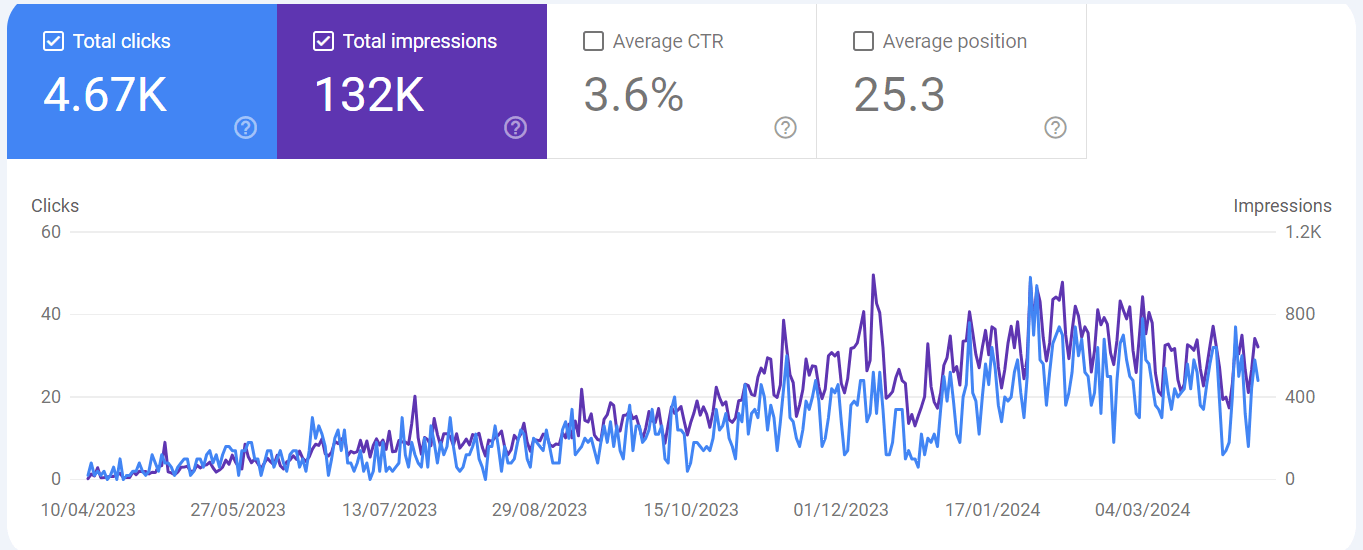
The portal has become an important source of information for all those interested in photovoltaics on residential buildings in the Czech Republic and an excellent precursor to recruiting leads for the implementation of photovoltaics.
Do you want to engage your customers with content?
Related articles
The software specification is one of the most important documents in software development. Yet it is a term that is often interpreted differently...
Do you have dozens of processes running in your company that repeat regularly? Do your colleagues have to constantly repeat routine activities?...
The e-shop of MISURA – a Czech brand of premium electronics – has long struggled with a growing number of inquiries directed to...